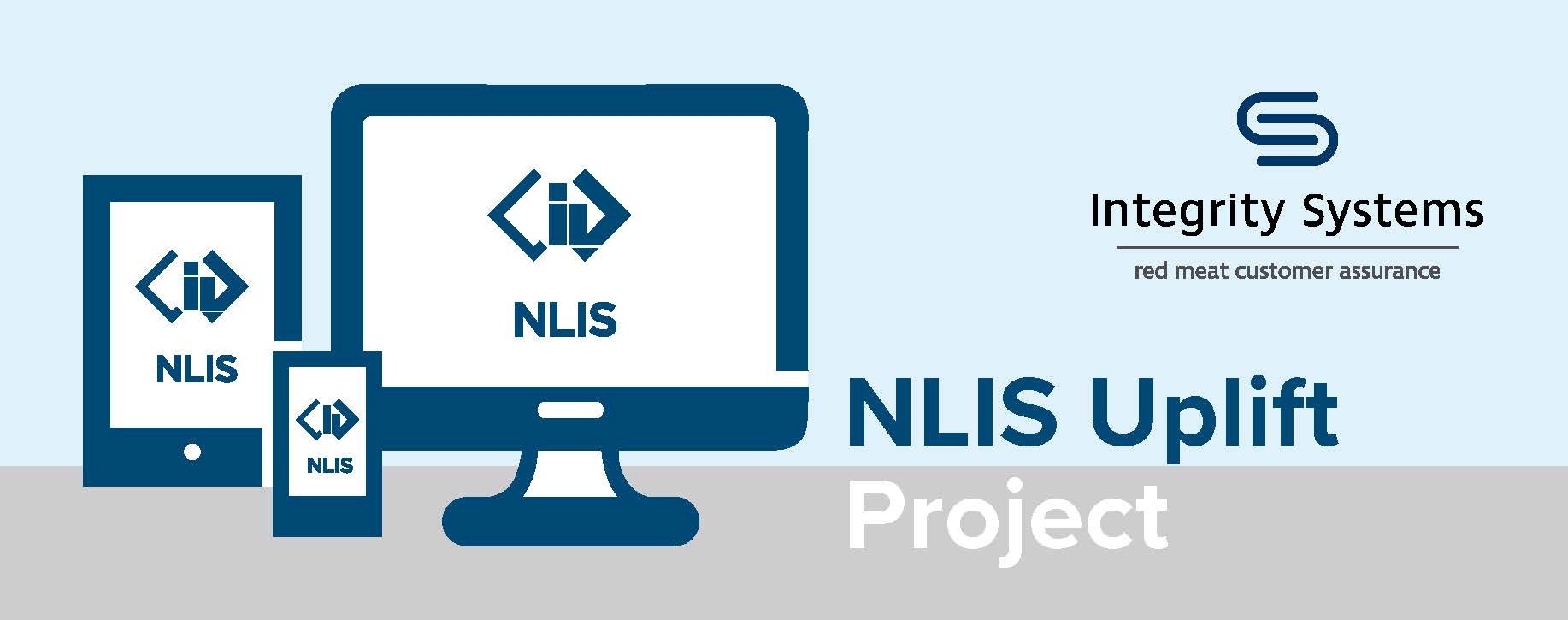Have your say on the new NLIS database

Key points:
|
On 15 September the Federal Minister for Agriculture, Fisheries and Forestry, Murray Watt, announced a $22.5 million grant to Integrity Systems Company Limited (ISC) to enhance the National Livestock Identification System (NLIS) database and its supporting systems.
Why it matters
The current NLIS database is more than 20 years old, and this grant will enable us to replace it with a new and improved system that is built in response to industry and users’ needs.
The new database will be a better fit for current needs, such as the easy integration of eNVDs, and deliver a better user experience overall.
The new system will also be better equipped to handle the increased volume of data inputs that we expect to see due to compulsory goat and sheep electronic identification coming into effect from 1 January 2025.
That additional capacity is just one example of how we are futureproofing the system for many decades to come. Beyond this, it will have the agility and flexibility to respond to any new traceability requirements that may emerge.
|
Help us create a better user experience The project is already underway, with stage one concluding at the end of October and stage two expected to run until 31 December. As part of stage two, the project team is seeking user feedback to ensure that the new platform responds to user needs and that existing pain points are remedied. If you are a current user of the NLIS database and would like to share your experience and help inform the design of the new NLIS, please complete the NLIS User Survey by Wednesday, 18 October 2023. |
More information about the project
The NLIS Uplift Project consists of six stages and an overview of the work to take place during each stage is outlined below.
Stage 1: Project establishment and strategic discovery (1 July to 31 October 2023)
The project’s objectives and scope will be defined during a comprehensive strategic discovery process with ISC, industry, government stakeholders and other key parties. Governance frameworks will also be established with reference groups formed representing each jurisdiction and the red meat sector.
Stage 2: Discover and define (1 July to 31 December 2023)
End-user engagement will take place to ensure the new NLIS resolves current pain points and that all requirements are included in the new platform design. This will ensure a user-centred approach is applied as the platform’s user journey and user experience are assessed.
Stage 3: Architecture and design (1 December 2023 to 31 May 2024)
The underlying infrastructure to support the new NLIS will be designed using the information gained during the first two stages. End-users will continue to provide feedback on the user experience. A change management plan will also be developed.
Stage 4: Software build (1 June 2024 to 31 December 2025)
During this stage the technical designs for the new platform will be built with end-user engagement and showcases ensuring timely feedback on platform features prior to deployment. The change management plan will be executed to support a phased rollout of platform features.
Stage 5: Phased deployment and transition (1 October 2024 to 30 June 2026)
A phased rollout of the new platform, including data migration, will take place in this stage. System monitoring, alerting, and customer support for the new NLIS will also commence. Users of the new system will be supported during onboarding.
Stage 6: Decommissioning and project closure (1 Jan 2026 to 30 June 2026)
The current NLIS database will be decommissioned with all users transitioned to the new system. The project will conclude with the delivery of a final monitoring and evaluation report and final project report.
Future progress
Updates on the progress of the project will be shared through the Integrity Matters newsletter and on the Integrity Systems website.